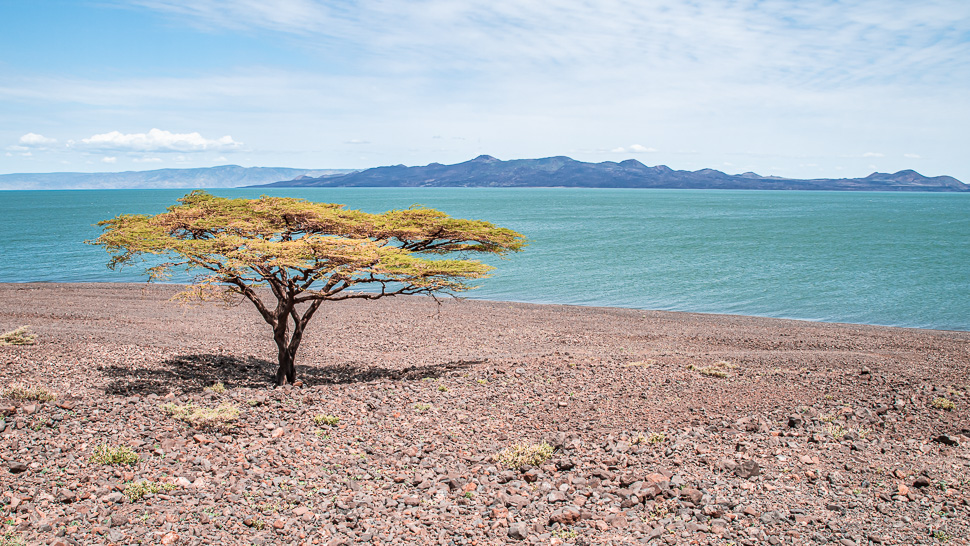
In 1887 the Hungarian explorer Count Sámuel Teleki von Szék reached the lake and named it after the Austrian Crown Prince Rudolf! Since independence it is named after the people living around it. It is the largest lake in Kenya and the most northern of the Rift Valley lakes. Despite the draught during the last years, the water level had risen like in all the Rift Valley lakes. Lake Turkana is brackish and rich in fish, crocs and hippos.
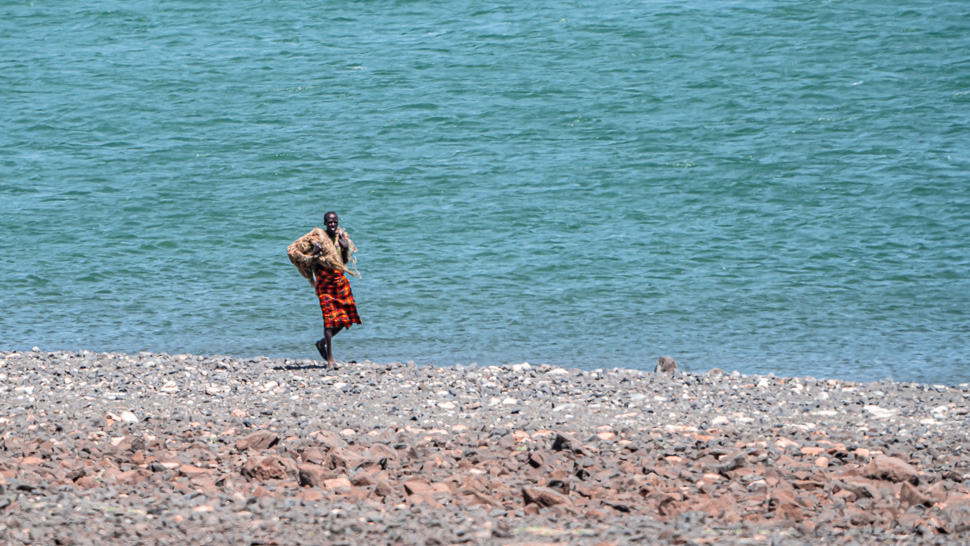
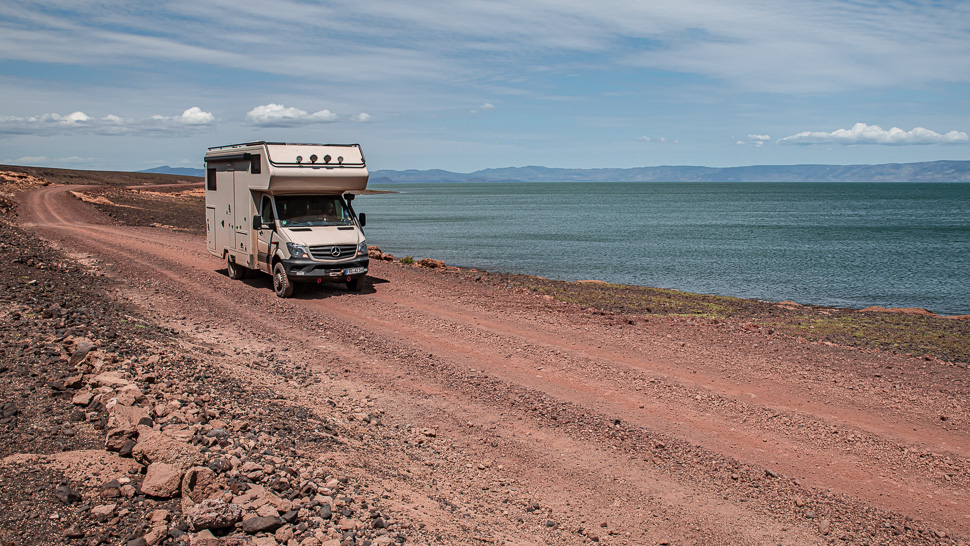
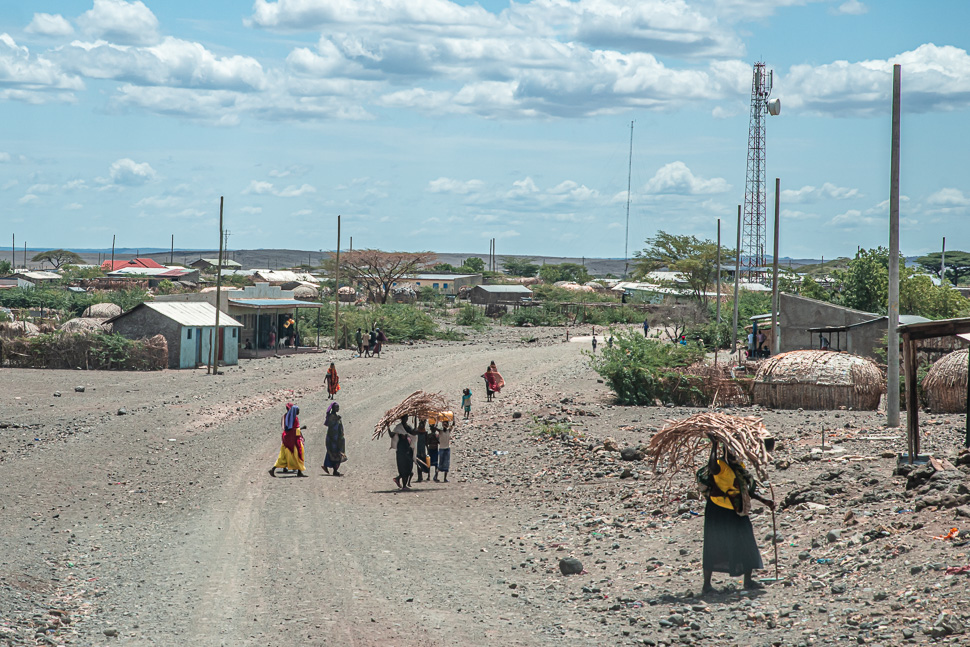
We reached the village Loiyangalani, which is a strange mixture of local village, hub for the people working at the wind park and travellers. We found a lovely campsite at the Palm Shade Lodge.
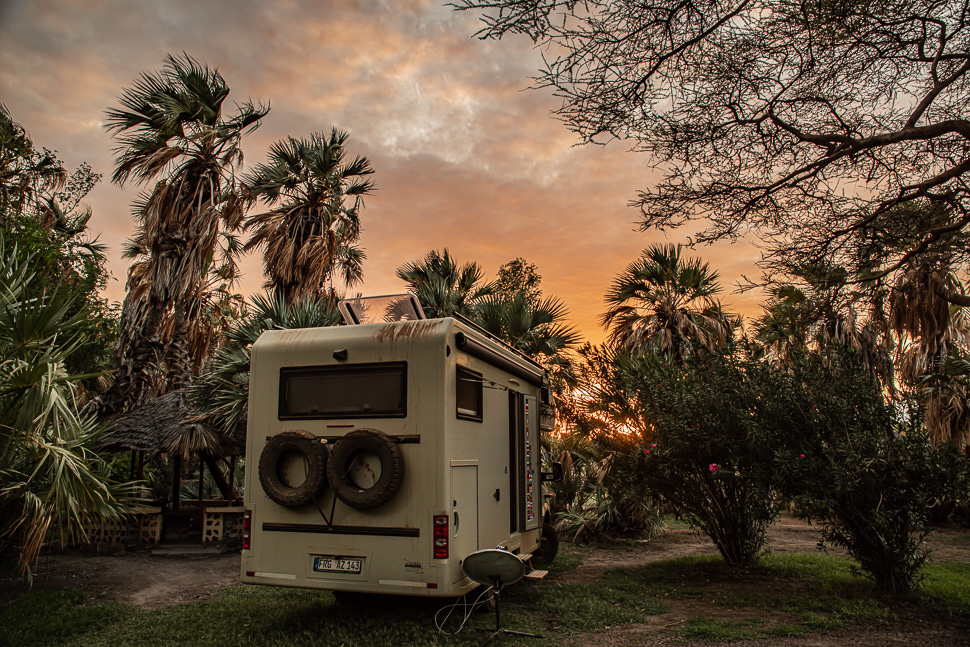
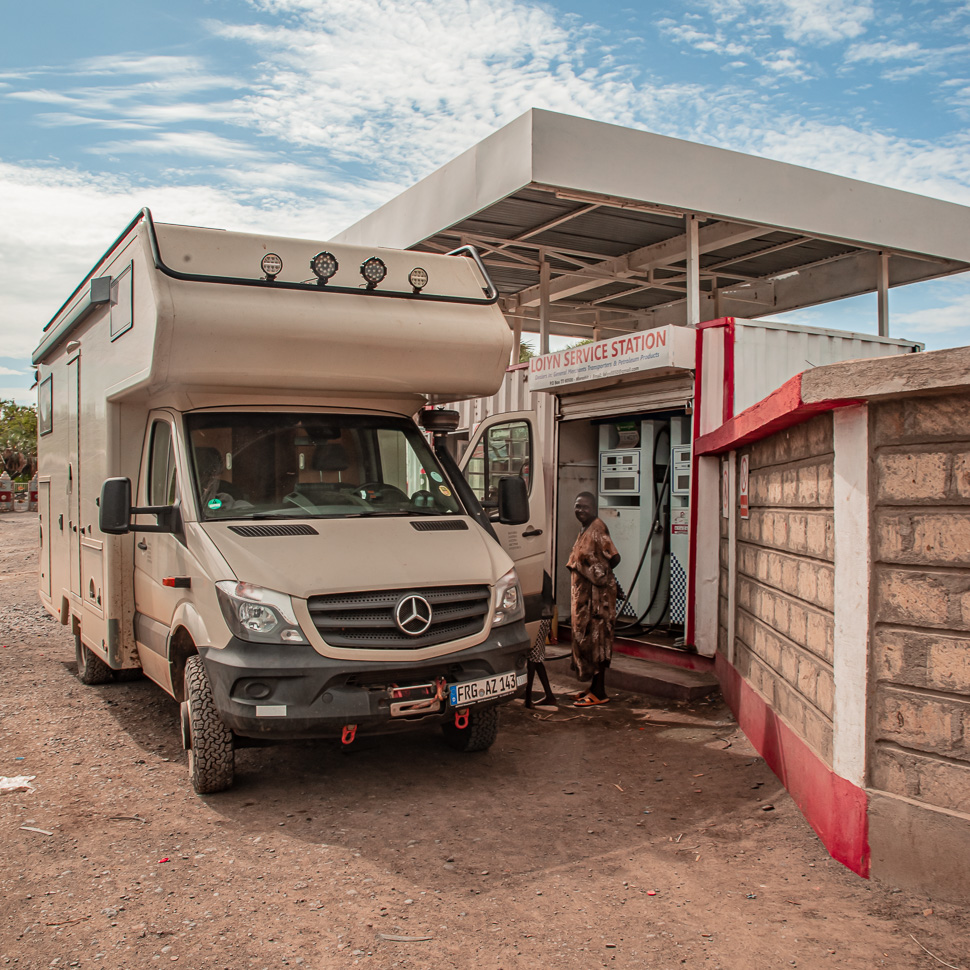
The next morning, we filled up our tank and were on the road again, taking now the route via North Horr to Kalacha and finally Marsabit – 233 km on gravel again.
We had asked again about the route and were warned, that there might be parts still muddy from the rains and that we should take a different route after Kalacha. We also had read that near North Horr there is a river, which could have deep water to cross.
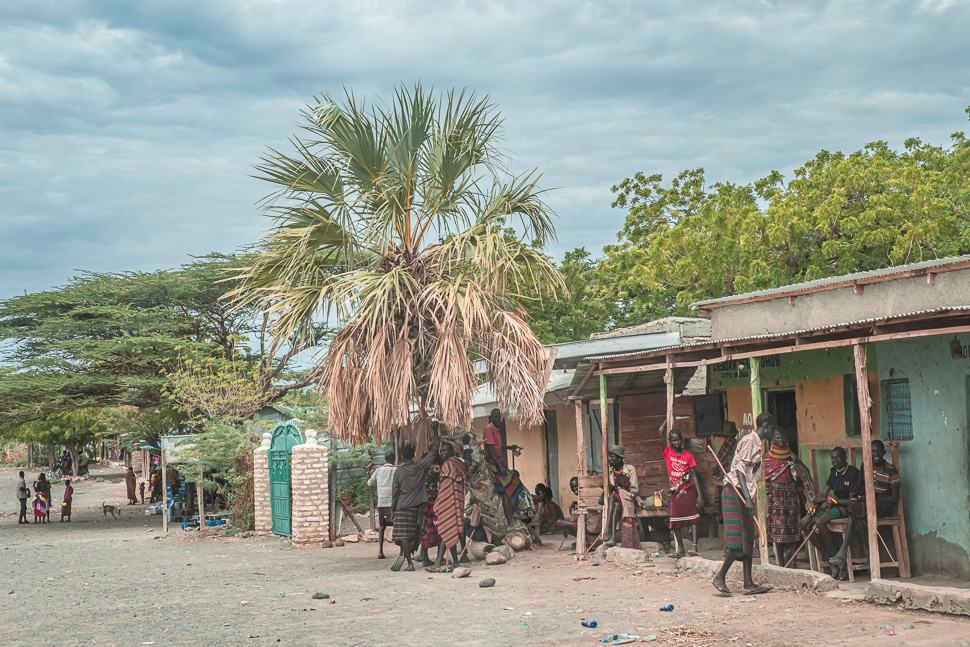
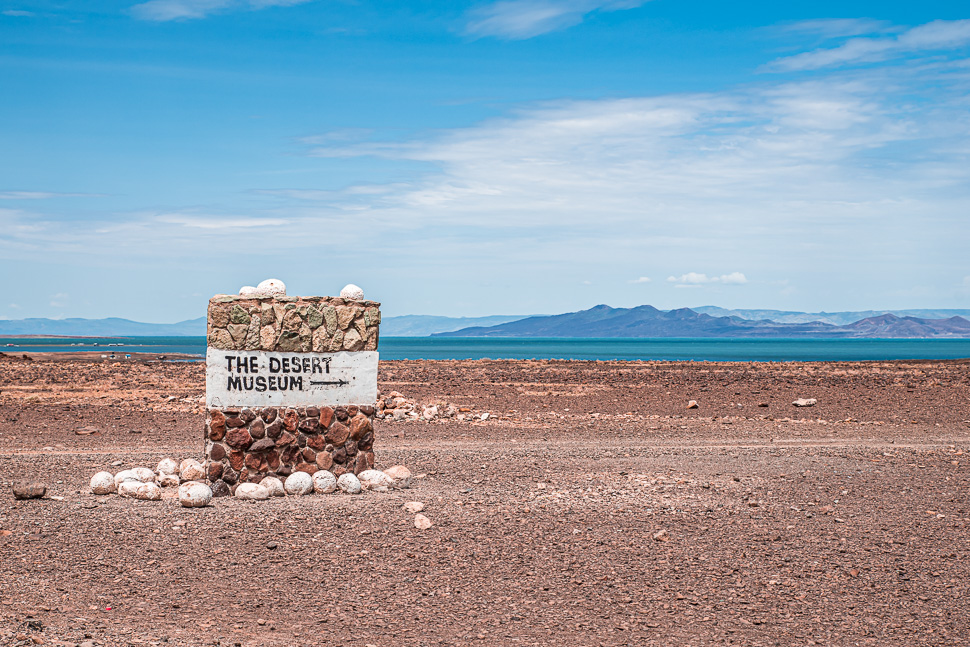
Before we left the lake, we visited the desert museum, telling us about the people living around the lake with many items of their daily life.
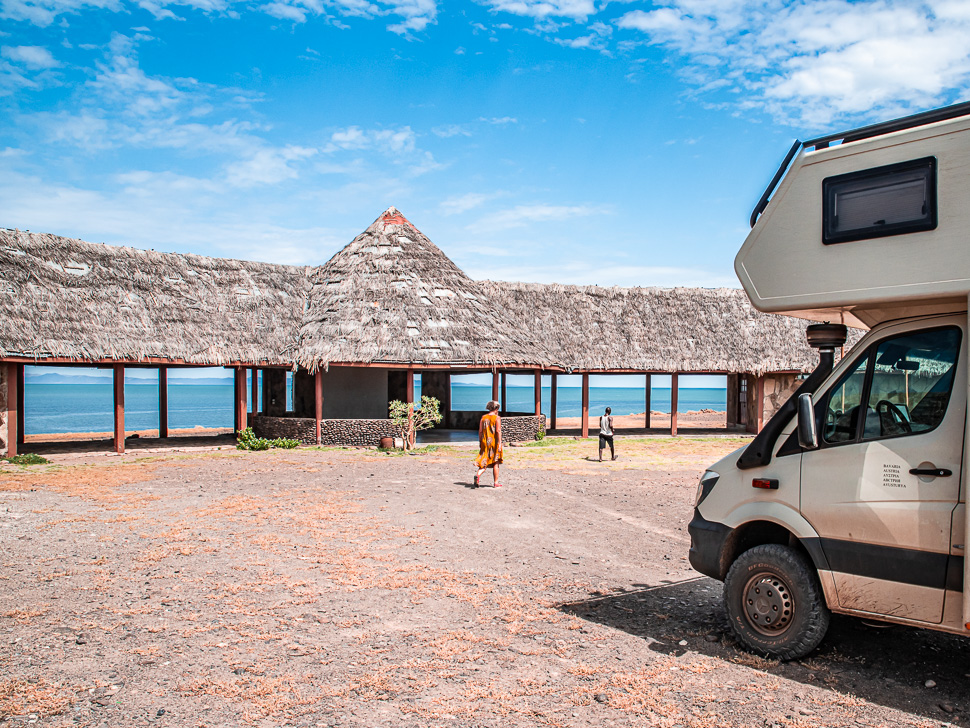
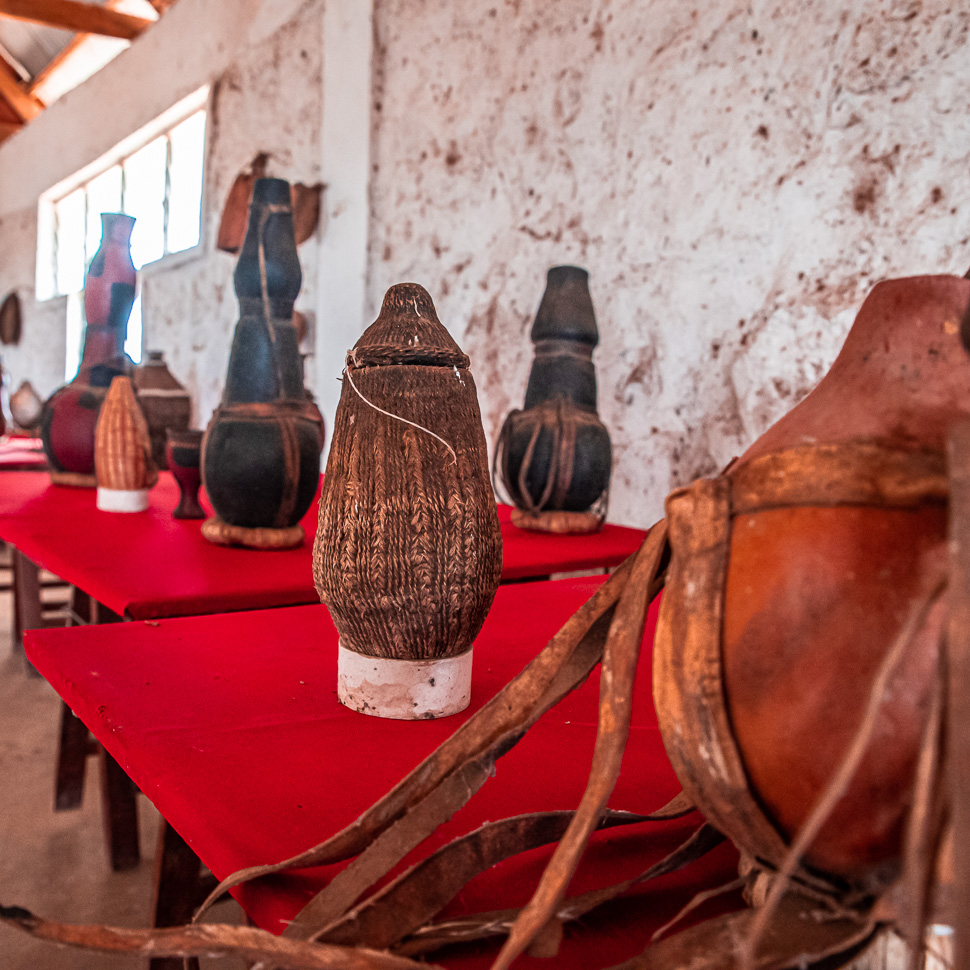
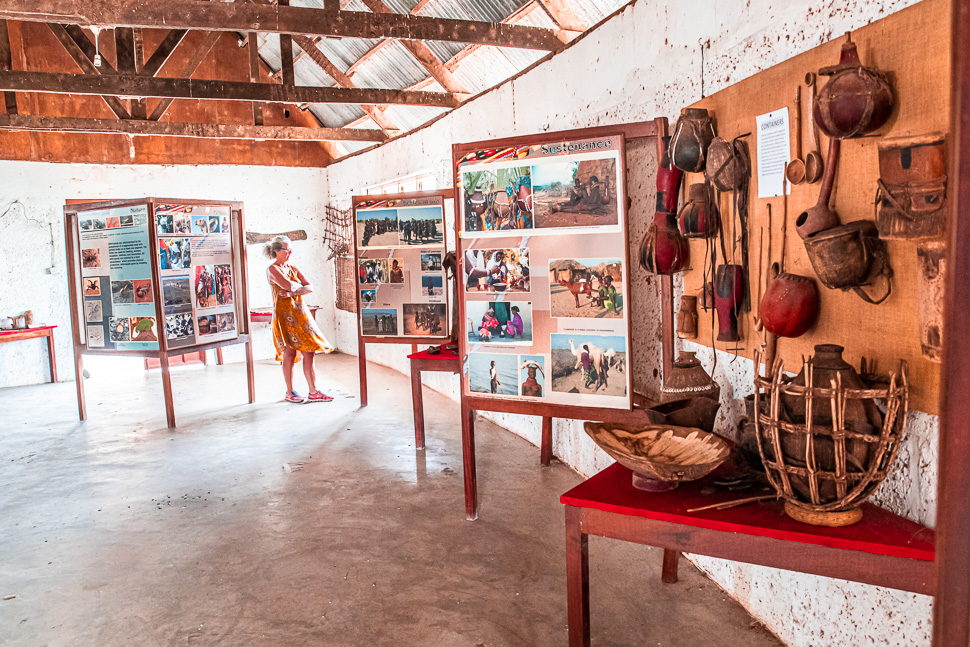
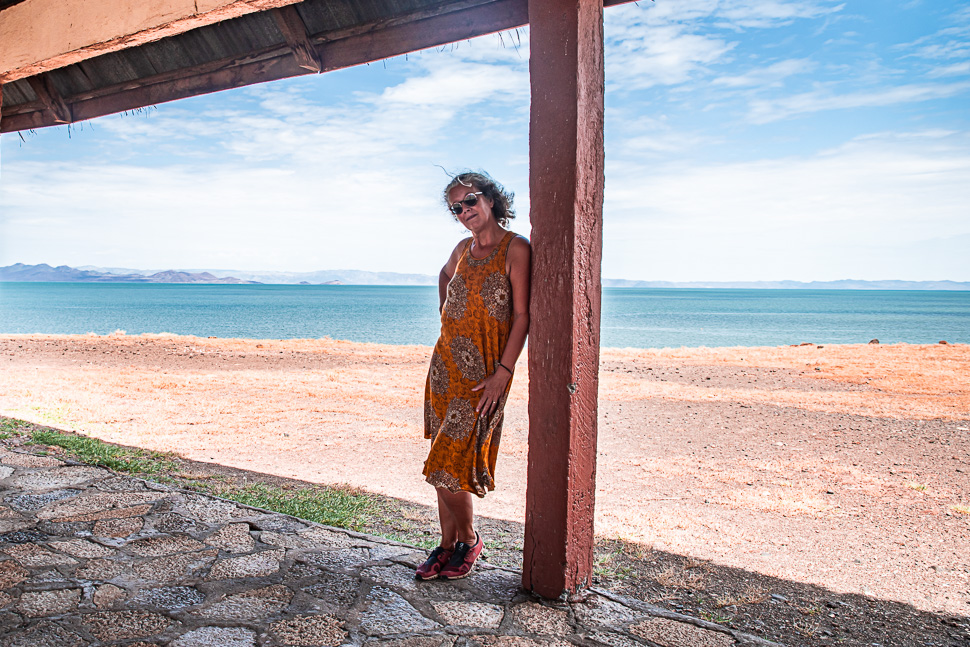
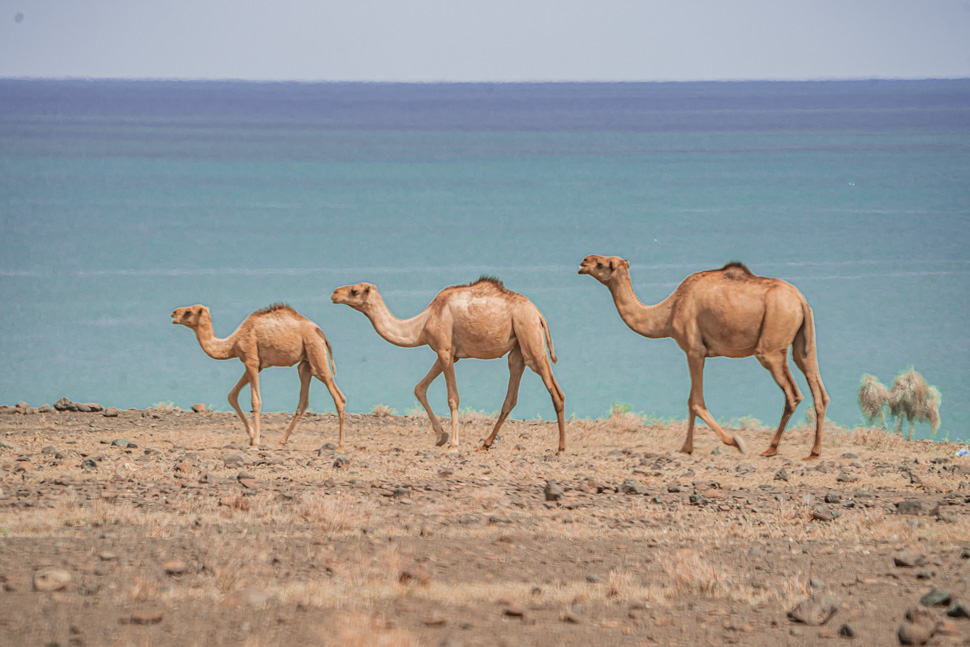
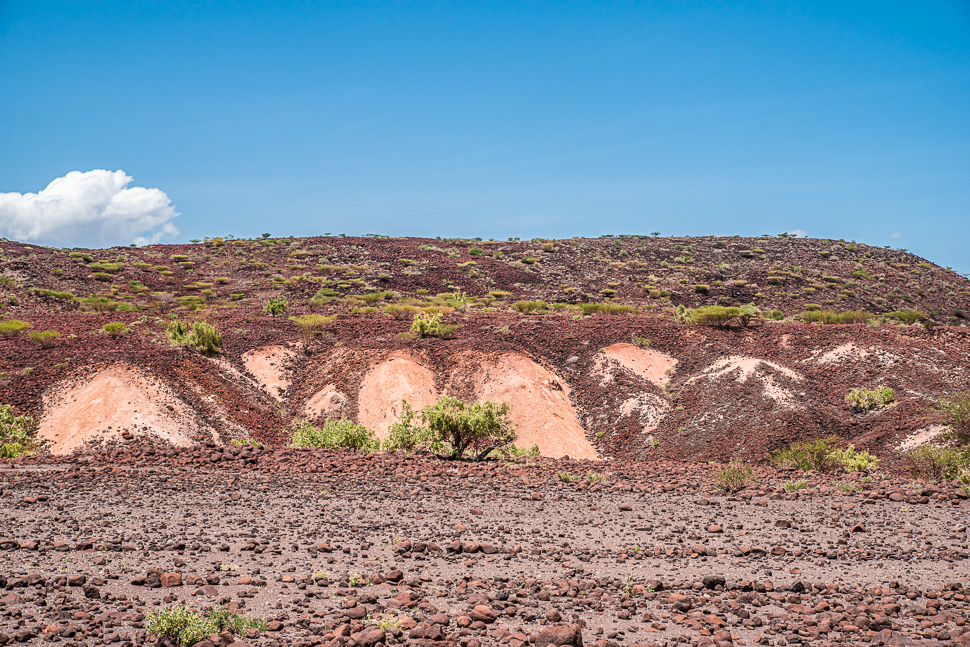
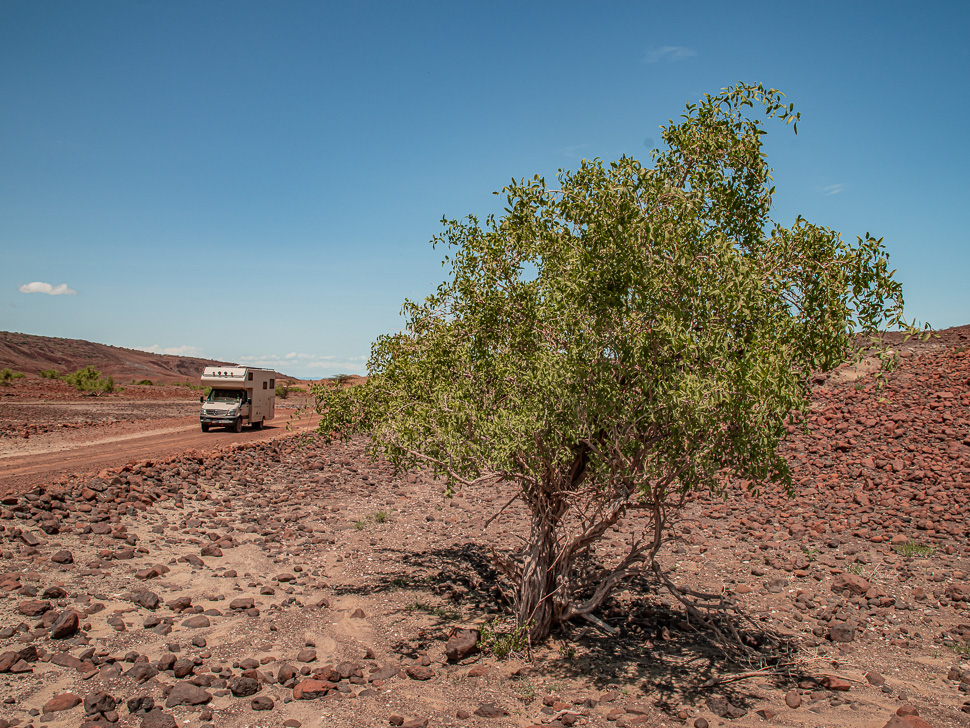
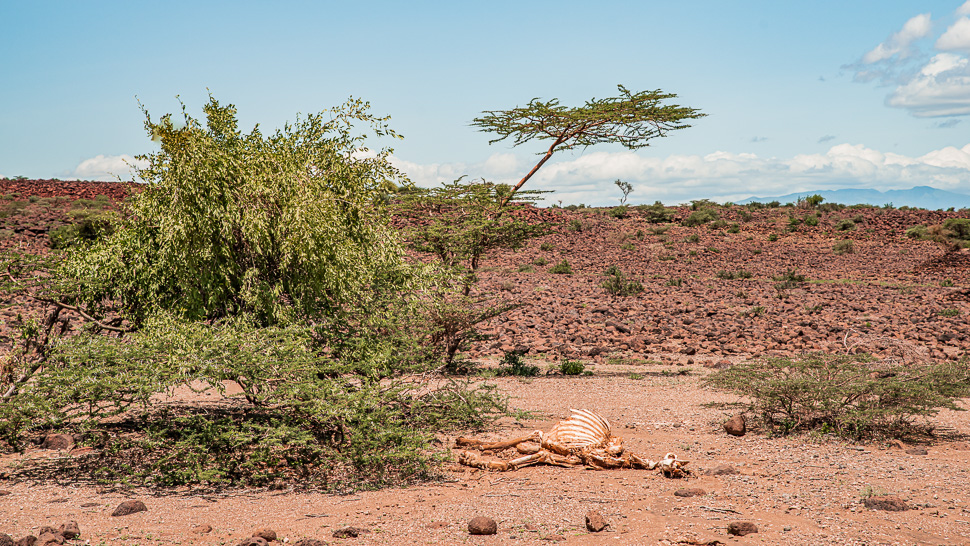
On this route, we came across many carcasses of dromedaries, which had died during the draught.
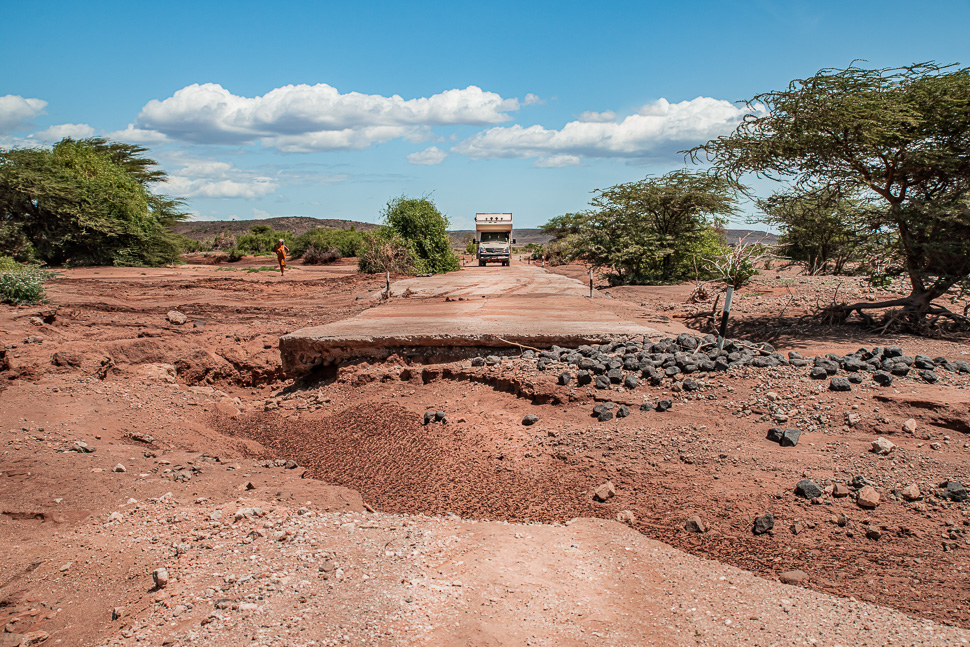
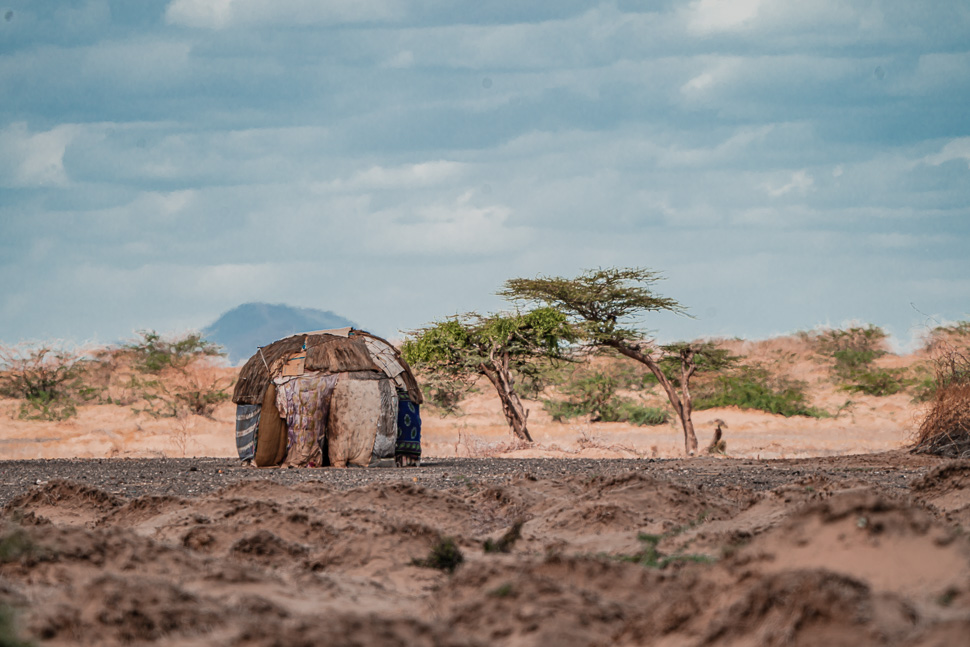
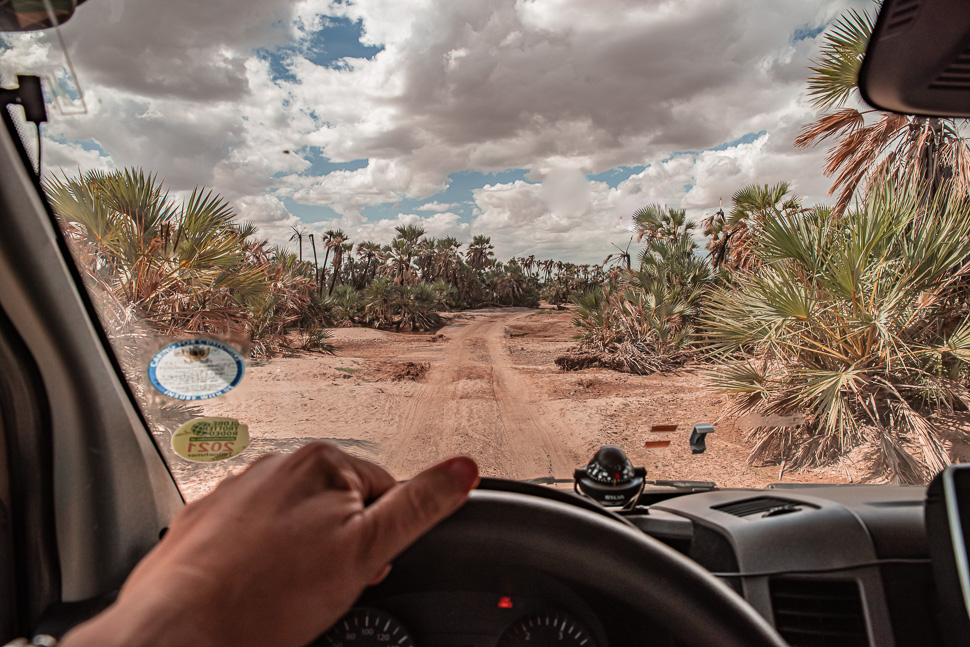
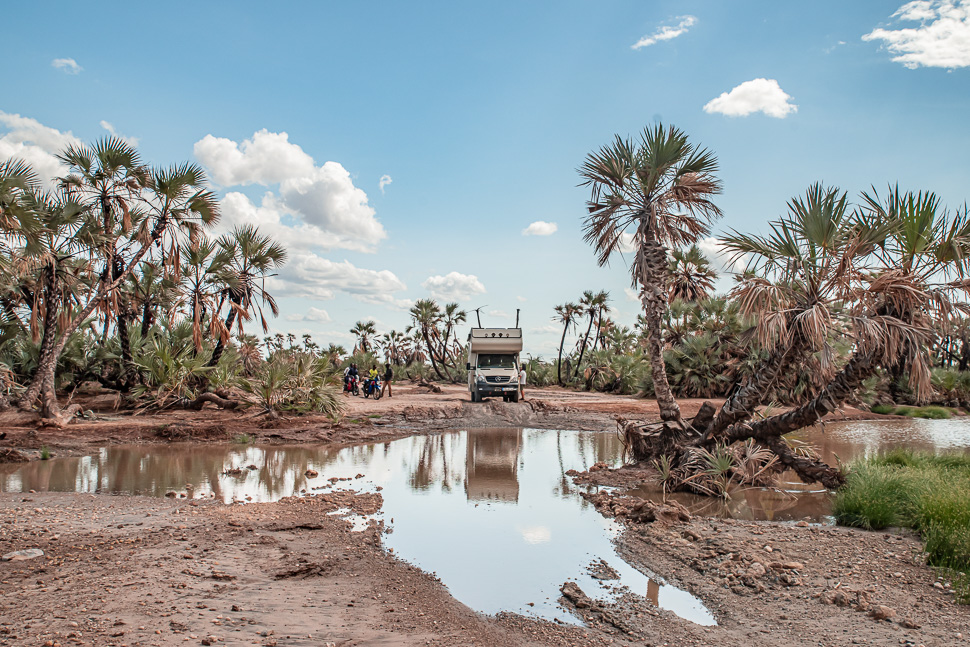
As we had crossed so many dry riverbeds, we couldn’t imagine, that there would be a river with water, but at North Horr, we had to cross this river. There was a detour, but it was not possible for us, because of narrow palm trees.
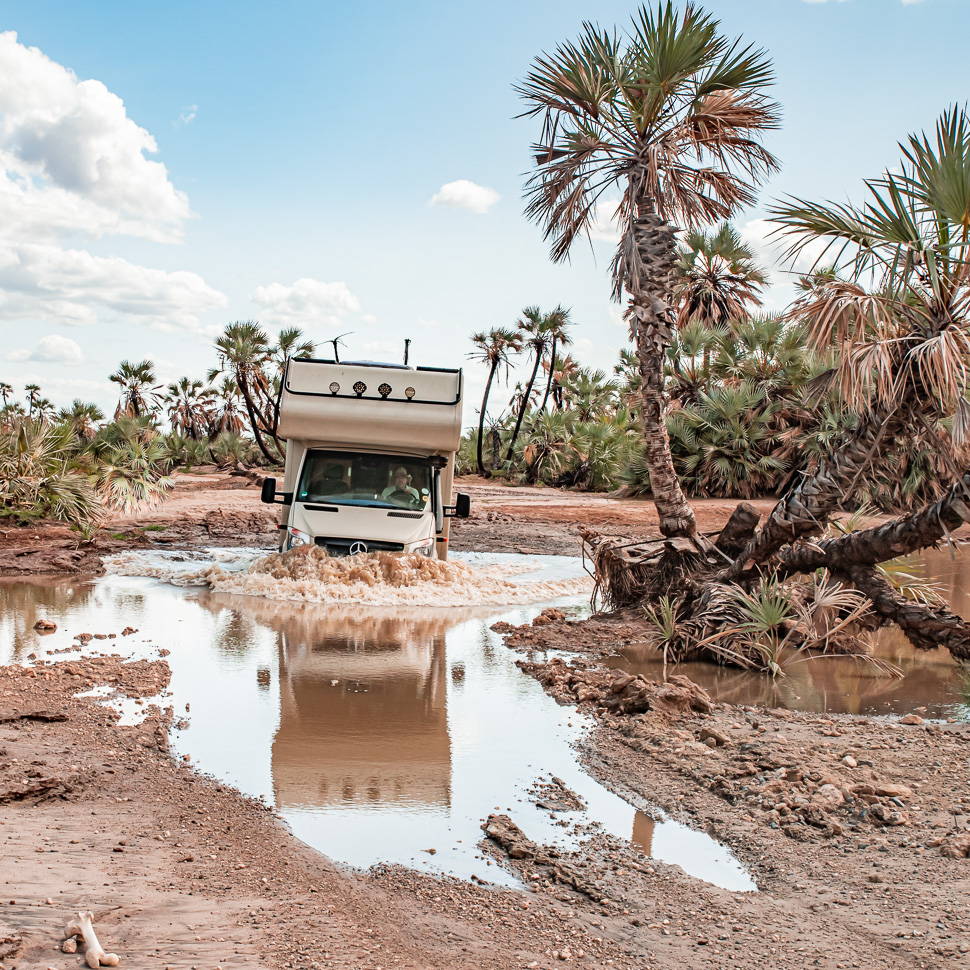
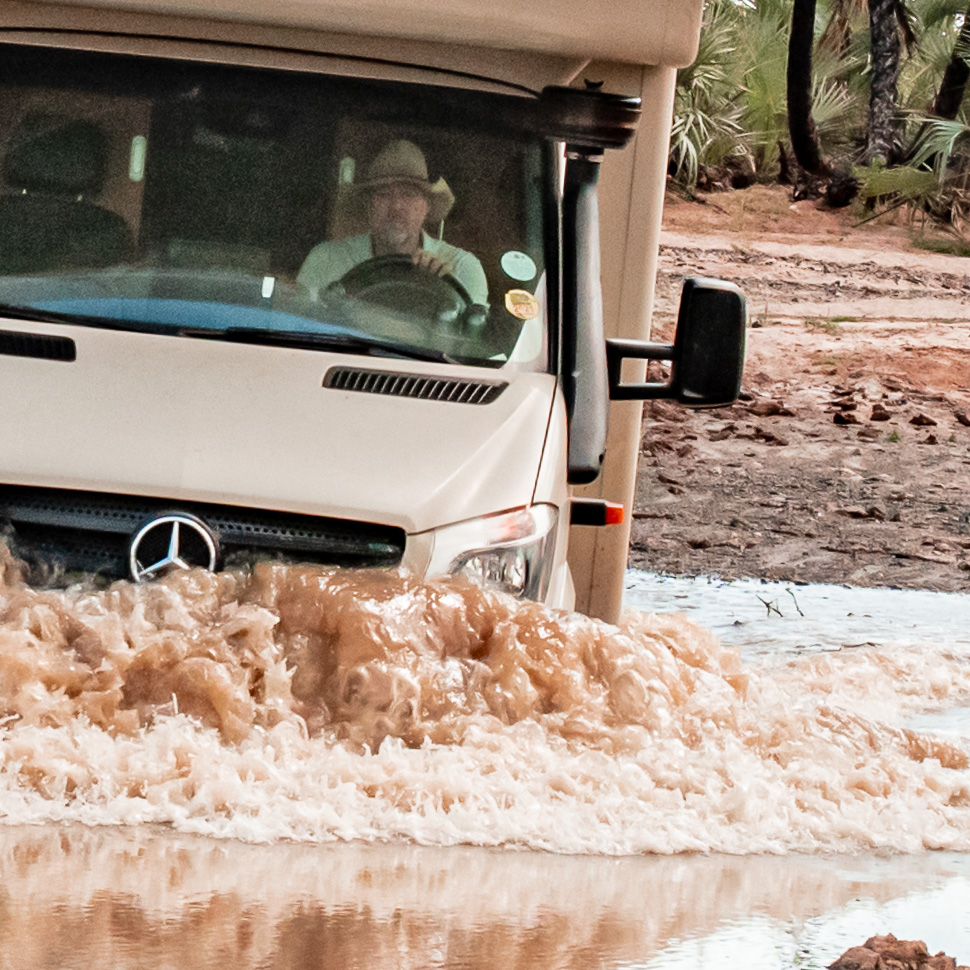
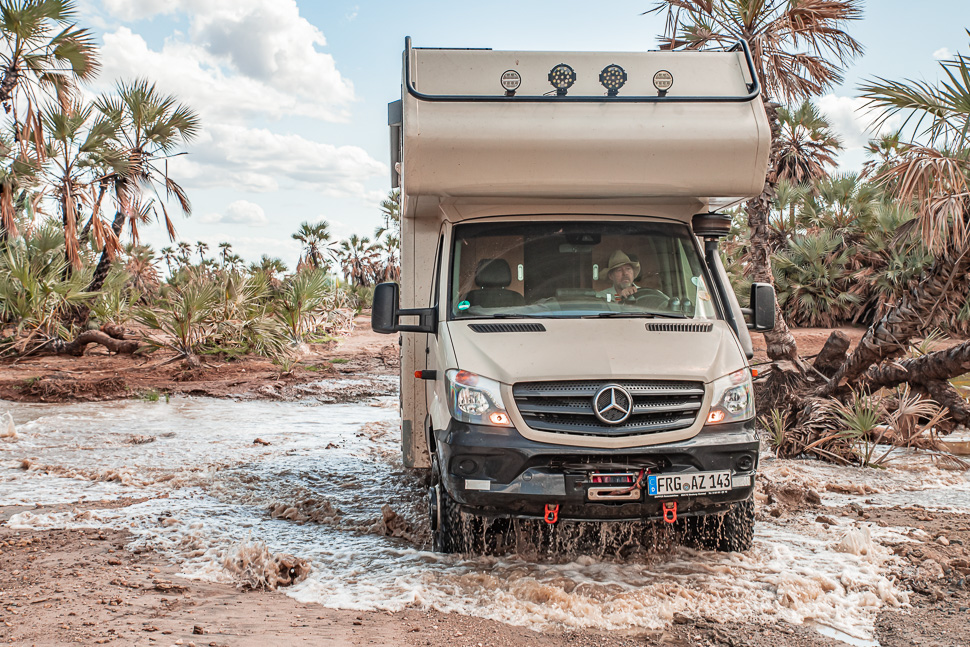
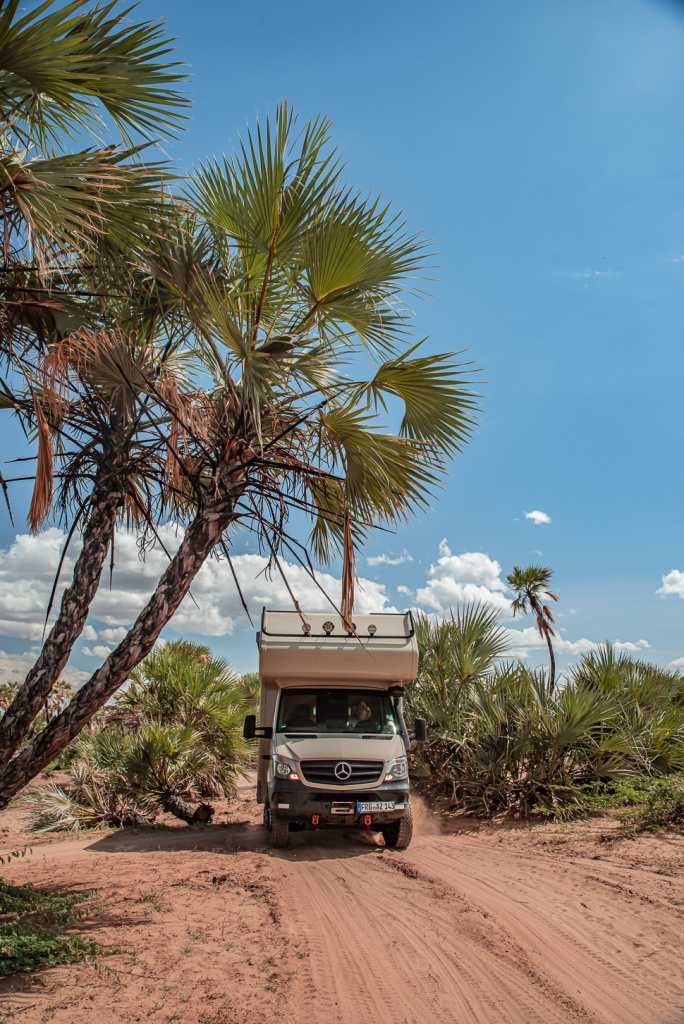
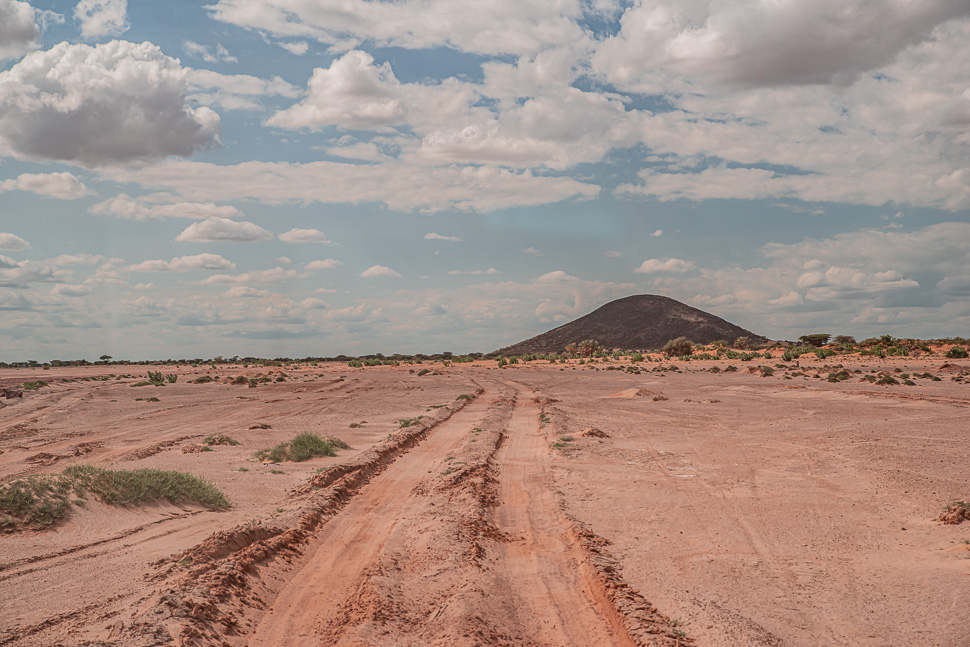
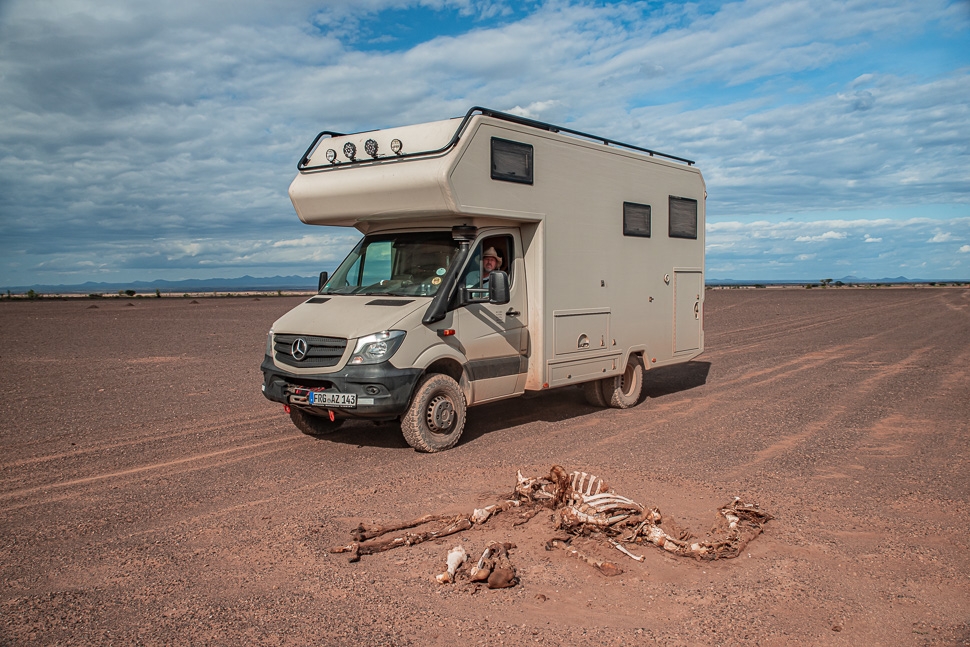
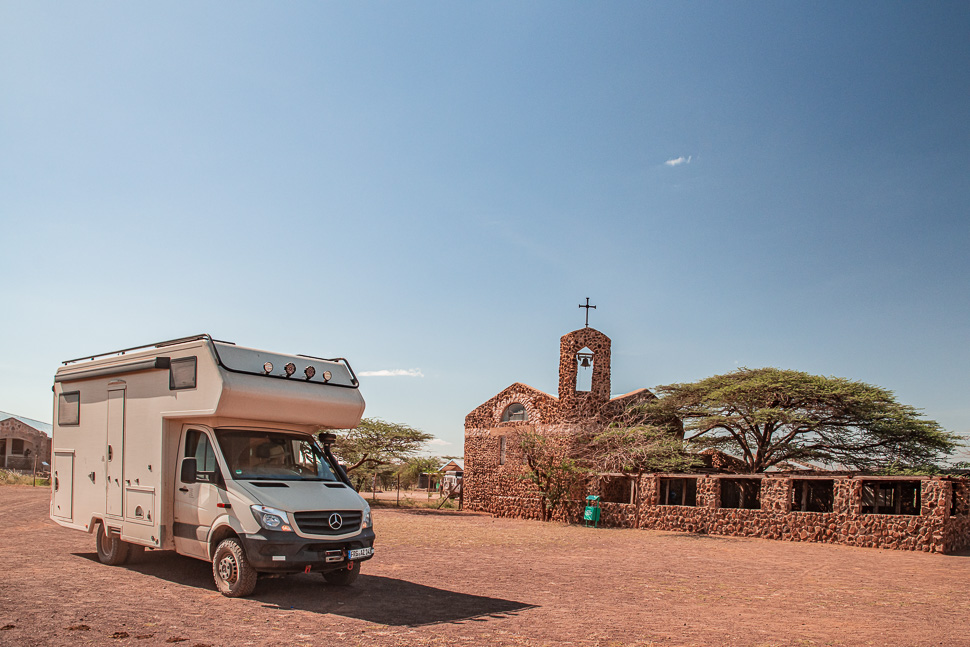
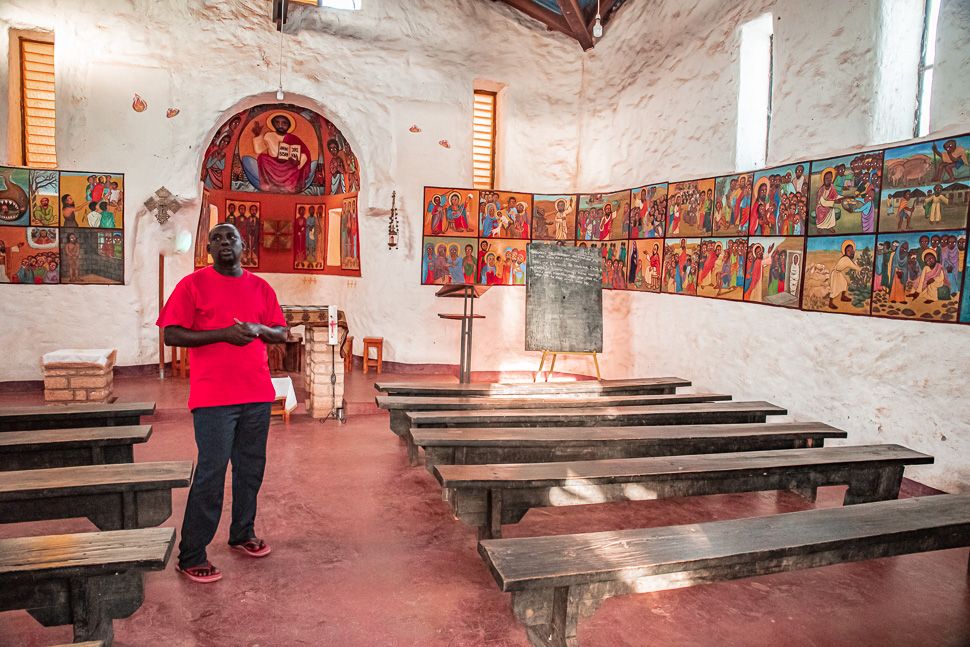
That day, we made it until Kalacha, where the catholic church welcomes camper. The german father Anthony was sadly on a visit to even remoter villages and we couldn’t meet him, but his colleague showed us the wonderful church.
He also assured us, that the main road from Kalacha to Marsabit was already dry again and the better option than the diversion recommended before. We believed him and had not one muddy bit to tackle.
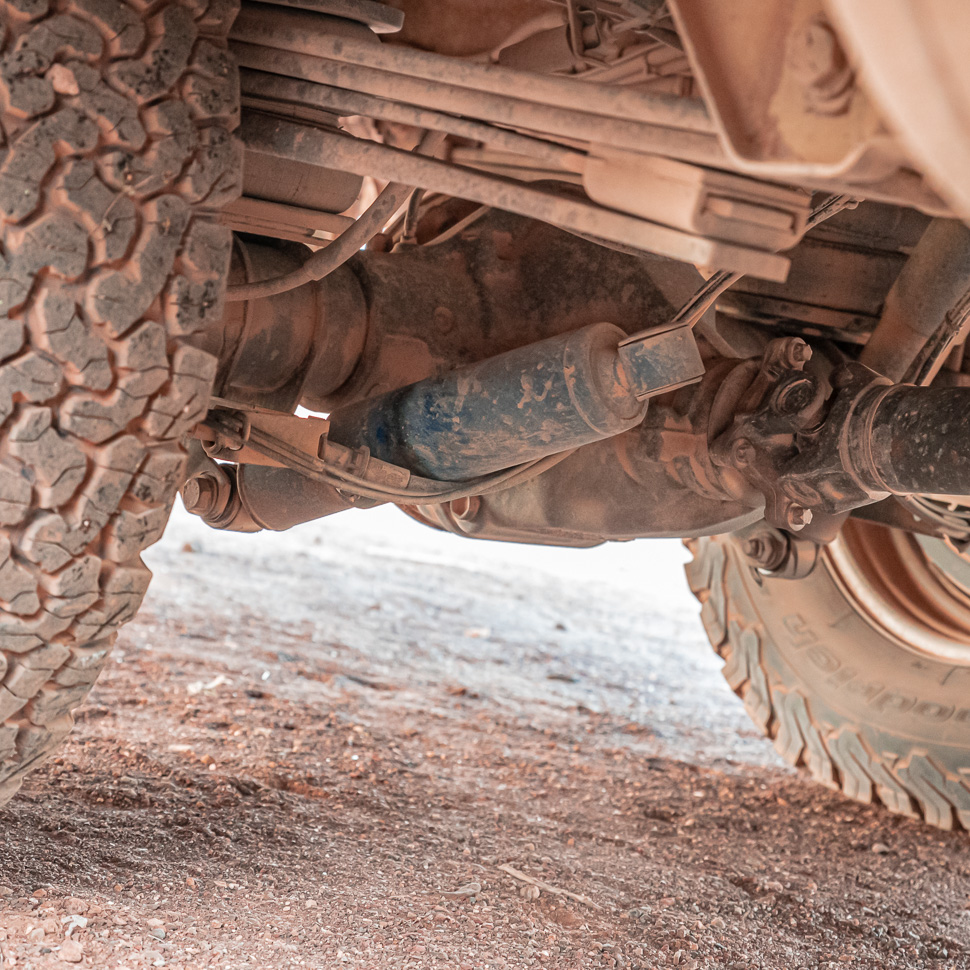
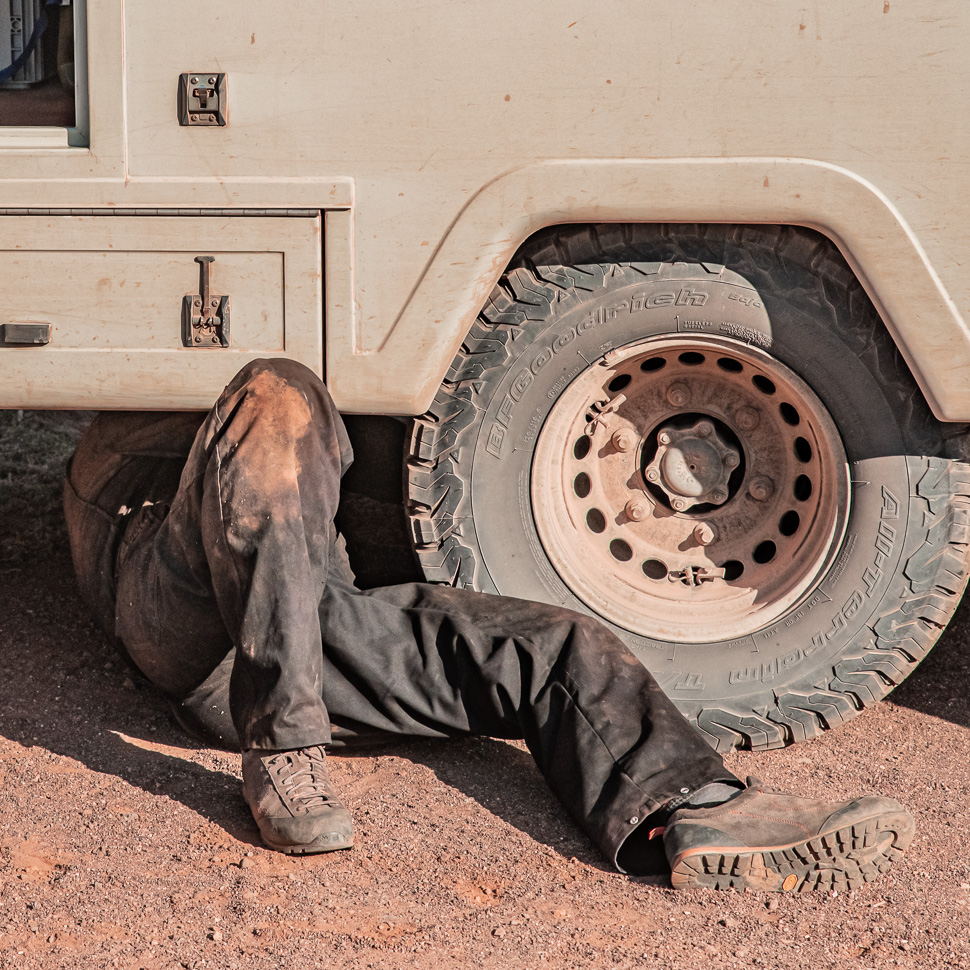
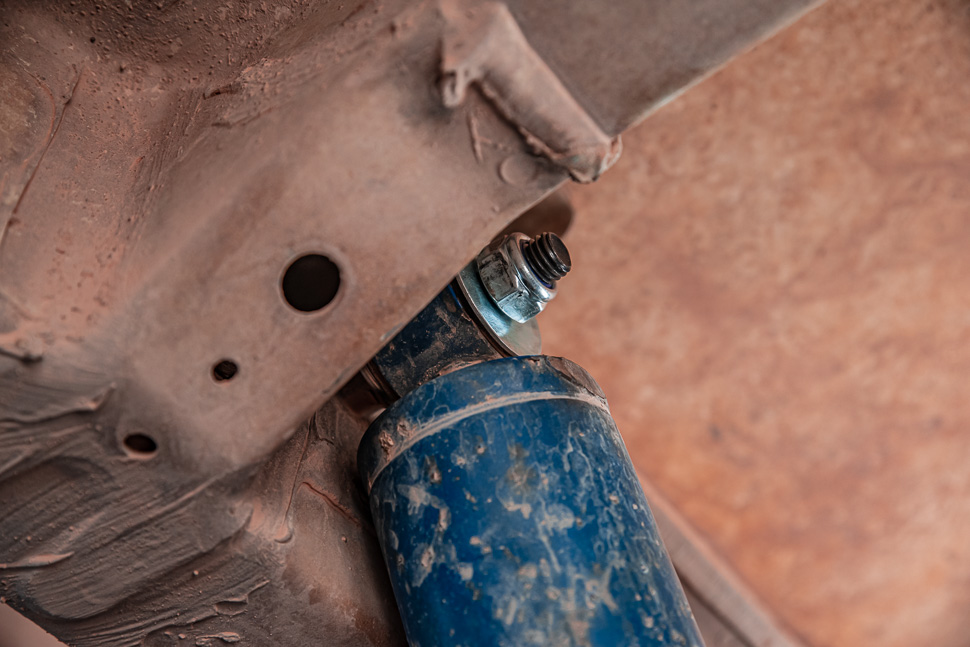
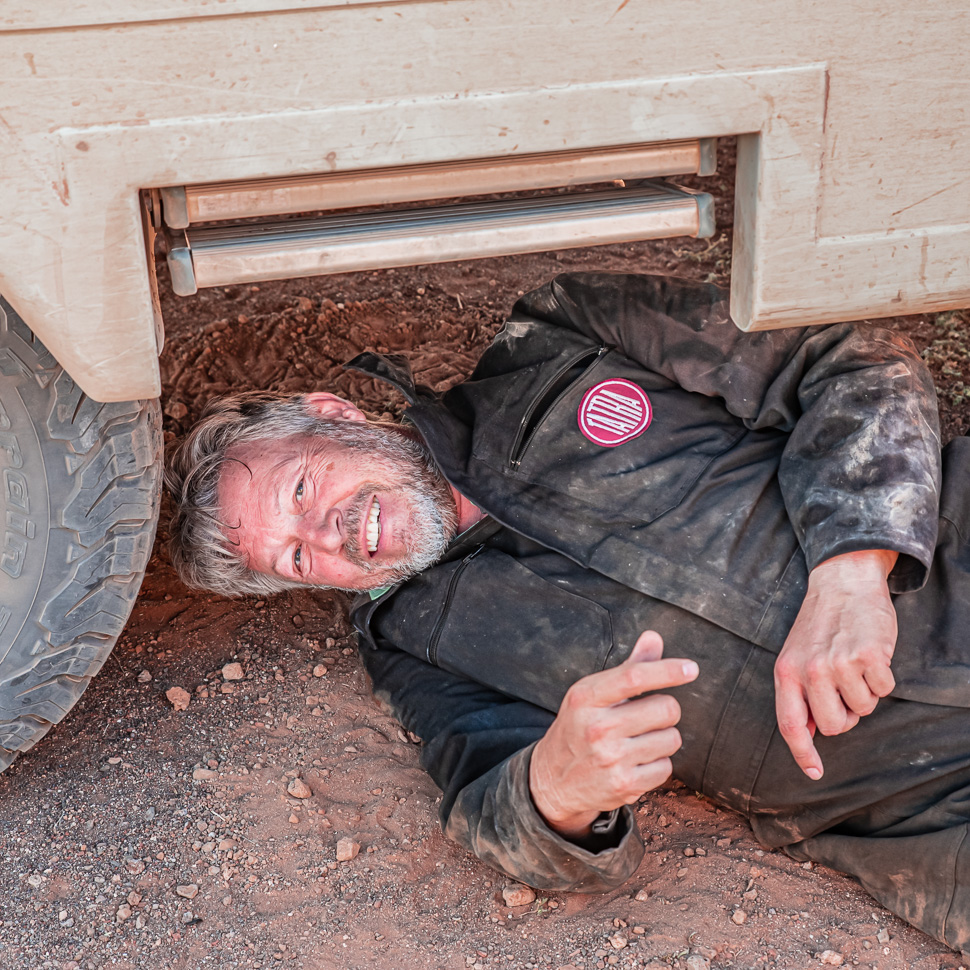
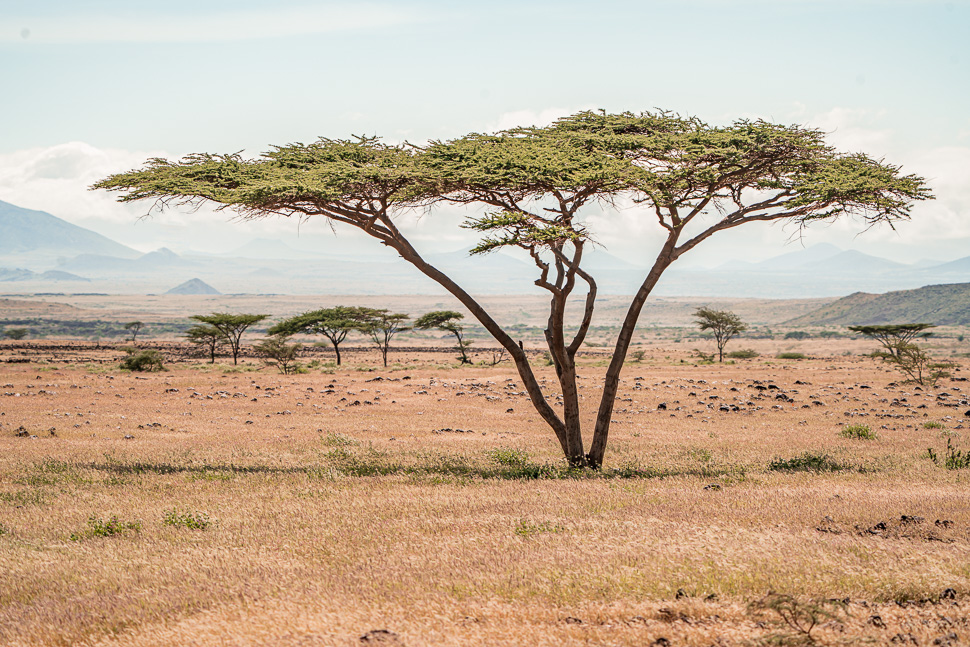
From a distance, we could see the Chalbi Desert. We had heard that after a heavy rain, it takes 6 month until the roads through the desert are completely dry again. Other travellers with lighter cars tried it anyway and told us afterwards, that they felt like driving on Crème Brûlée: as soon as they broke through the firm surface, they were stuck in mud. What a good decision not to try it ourselves!
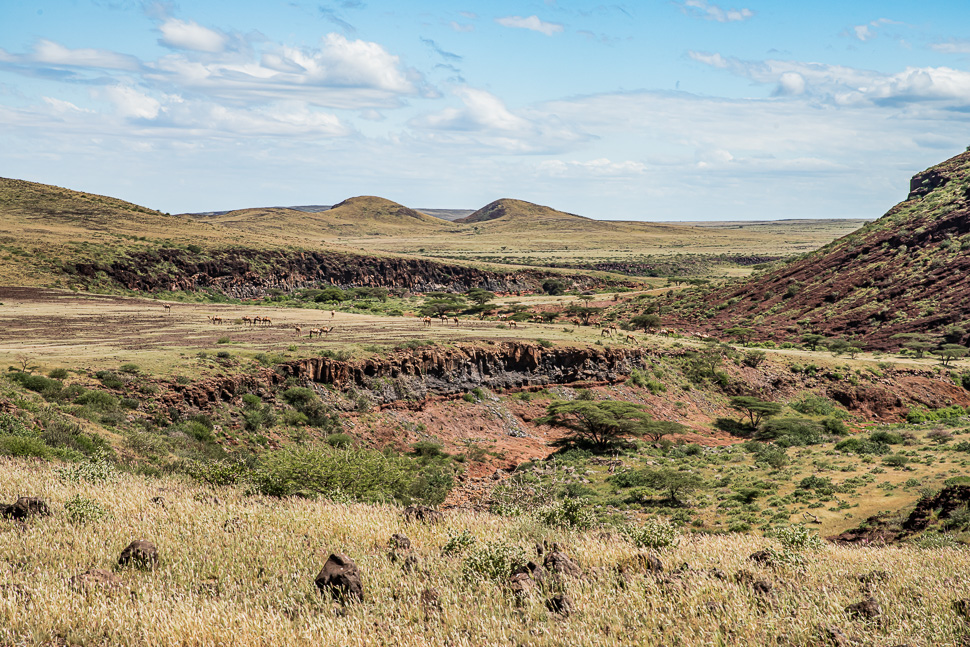
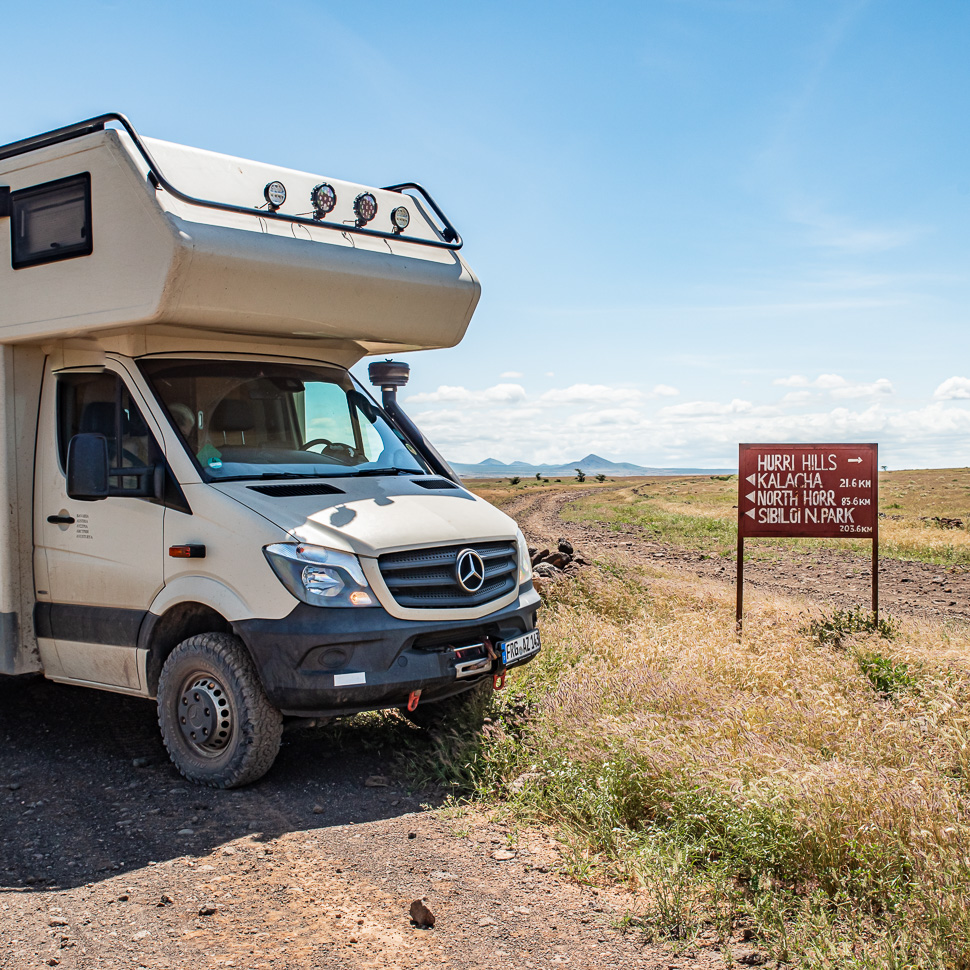
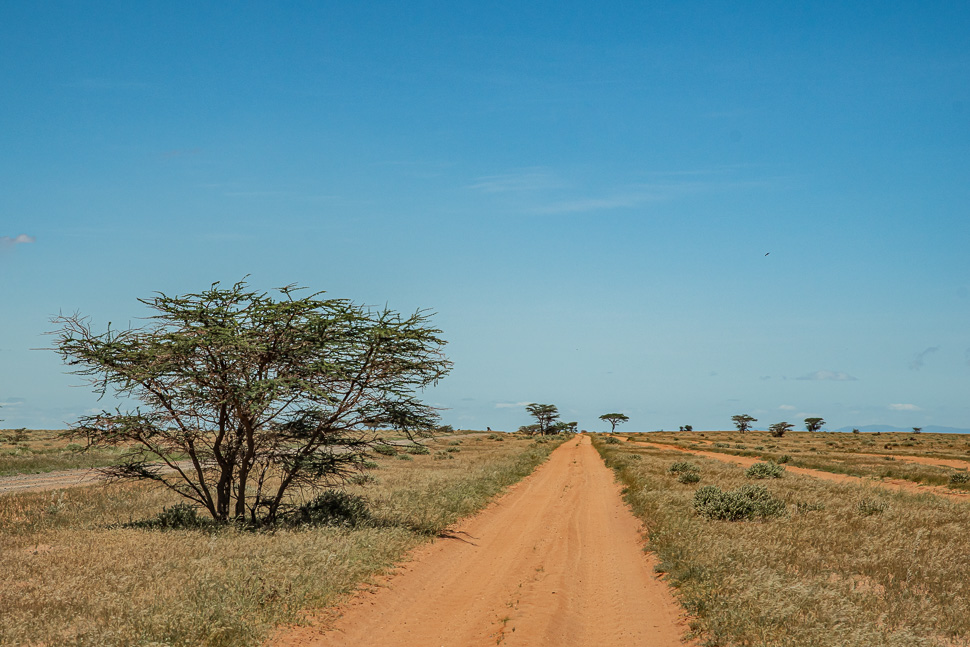
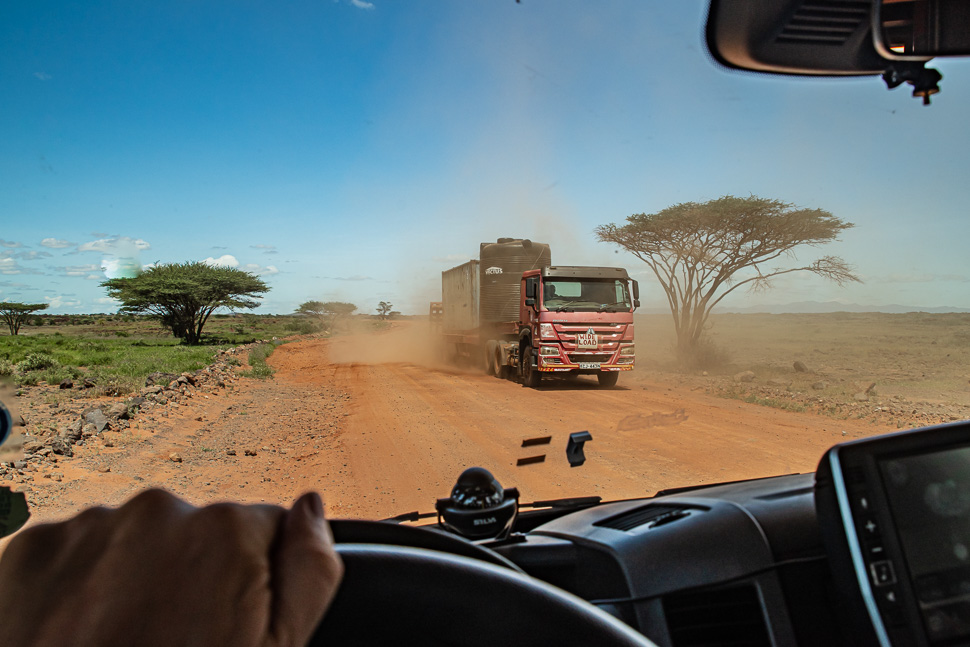
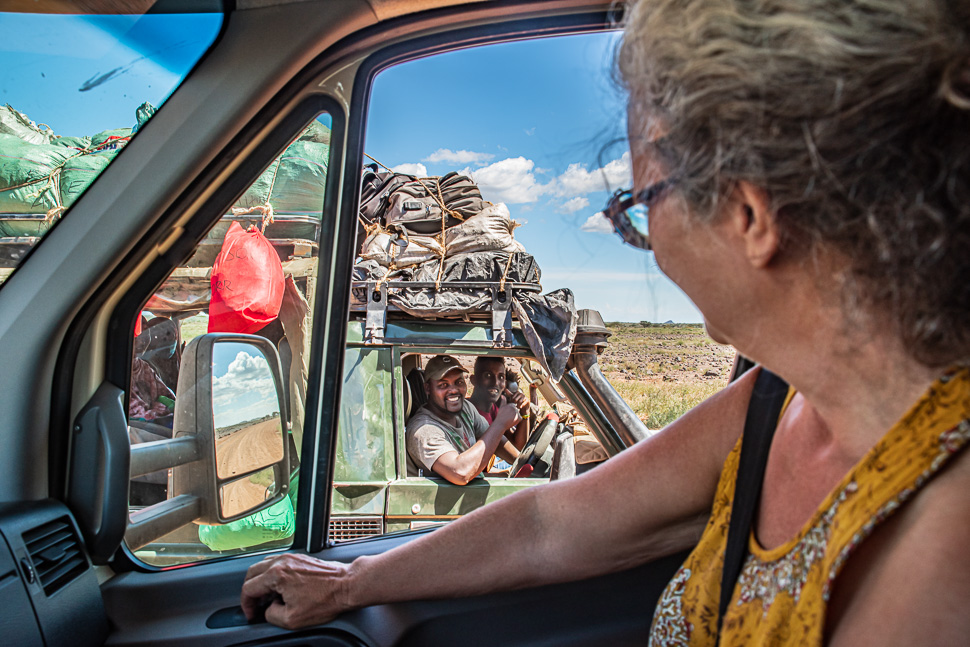
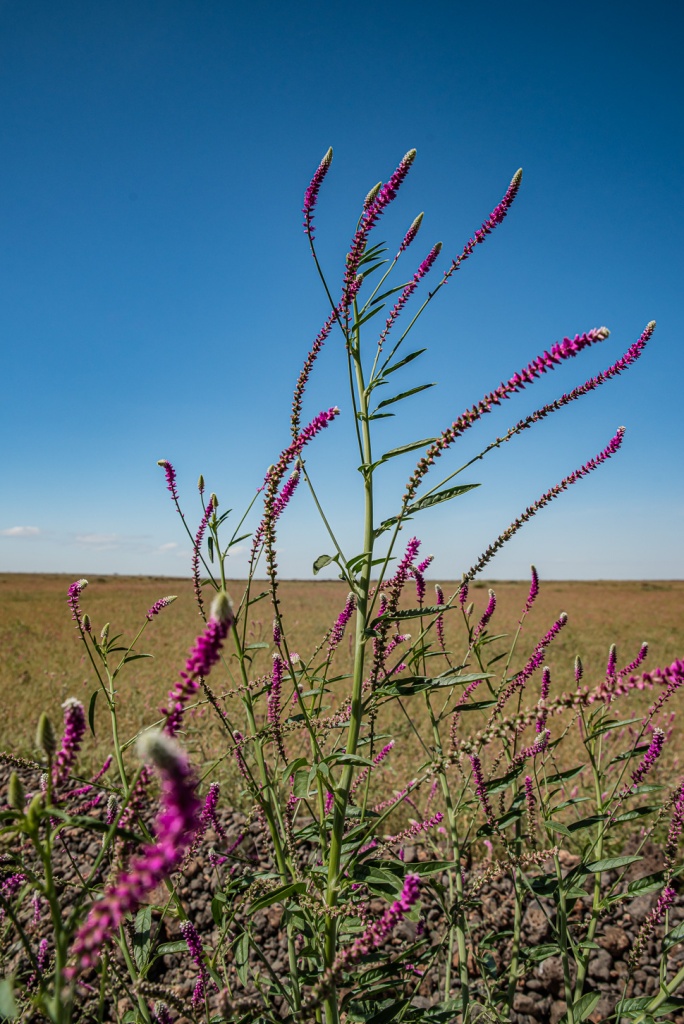
20 km before we reached the main road leading from Marsabit to the Ethiopian border, we suddenly reached tarmac, as the Chinese are constructing a road. What a relaxing drive it was from there until Marsabit!
The route to and from Lake Turkana had been a great experience. We were fascinated by the ever changing landscape in this arid area. The intense green in many parts as contrast to the blackened stones and sandy desert was breathtakingly beautiful. It had been the perfect time to visit this area and we were very happy we had tackled the difficult route.
Lake Turkana was the most northern point of our route through Africa and we are now on the way south again – more soon!

Alle Achtung für deine Fahrkünste und Reperaturfähigkeiten!
Gute Fahrt weiterhin